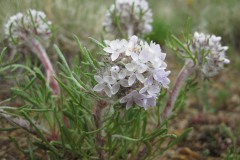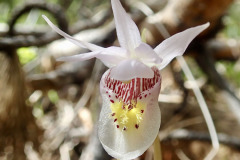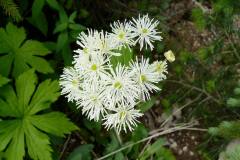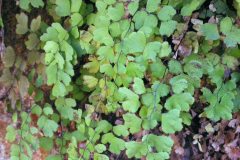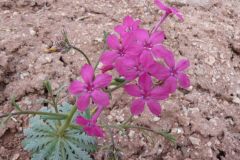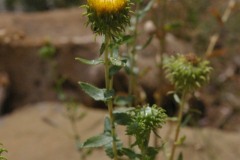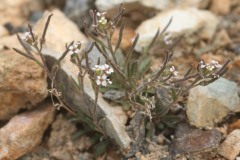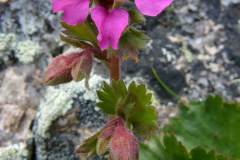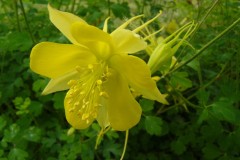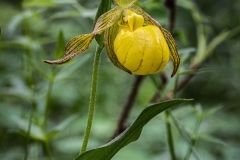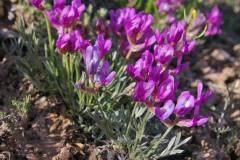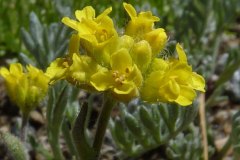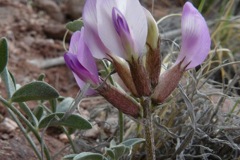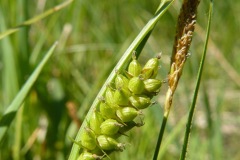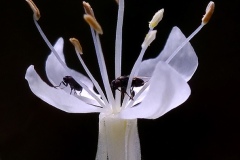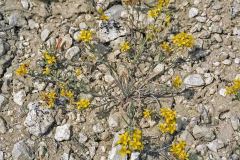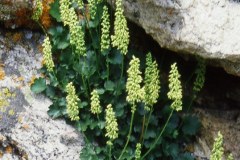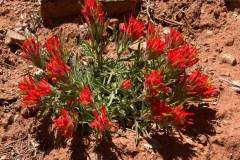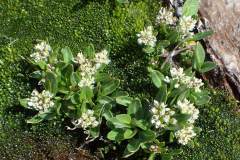The Rare Plants of Colorado
Certain plants may be considered rare because only a few of them exist, or because they exist only in a very small geographic range, or both.
The term ‘rare’ is not a scientific definition, but it is a convenient way to describe a wide variety of imperiled plants. Colorado has around 500 plants that are imperiled. These at-risk plants have been given ranks designated by scientists who have agreed to a standard of definitions so everyone can understand the degree to which a plant species is imperiled. The numbers of endangered plants change, sometimes because, happily, populations have recovered, or conversely, because they have become extinct. Many organizations collaborate to study and preserve rare plants. These highly adapted species are a part of Colorado’s heritage, they add to our appreciation of Colorado’s natural beauty, and often they hold important roles in the ecosystem in which they occur.
The Colorado Natural Heritage Program (CNHP) is our state’s leader in tracking rare plants, and one of our Society’s most important partners. CNHP is the only comprehensive source of information on the status and location of Colorado’s rarest and most threatened species and natural plant communities. They work closely with NatureServe, a world-wide organization dedicated to providing a scientific basis for effective conservation action. The system for ranking is complex, but the labels everyone should know are the G’s, for Globally imperiled, and the S’s, which give the plant’s status within the state. A chart showing the defintions for each rank is show below.
Every plant counts! Plants are the primary converters of the sun’s energy, providing us with food, clothing, medicines, power, and ecosystem services like clean air, clean water, erosion control, carbon sequestration, and more. When we lose a species of plant, we lose the opportunity to gain knowledge from the specific adaptations it has made to be able to exist in the circumstances that surround it, no matter how extreme.
Plants have provided us not only with important medical breakthroughs, but also with amazing inventions based on biomimicry. A simple google search on either of these topics will prove fascinating. And of course, each plant plays a specific role in its own ecosystem. We are only just beginning to understand how complex these relationships are. Every plant counts.
At this time the CNHP has listed 119 Colorado native plants as Globally imperiled, at significant risk of extinction. Sixty eight of these plants occur only in our state, nowhere else in the world. Everything we can do to protect these native plants benefit not only them, but us, too.
Global Ranking of Rare Plants
(Conservation status)
G1 — Critically imperiled — (typically having 5 or fewer occurrences, or 1,000 or fewer individuals).
G2 — Imperiled — (typically having 6 to 20 occurrences, or 1,001 to 3,000 individuals).
G3 — Vulnerable — (rare; typically having 21 to 100 occurrences, or 3,001 to 10,000 individuals).
G4 — Apparently secure — (uncommon but not rare, but with some cause for long-term concern; typically having 101 or more occurrences, or 10,001 or more individuals).
G5 — Secure — (common, widespread, abundant, and lacking major threats or long-term concerns).
Some Rare Plant Photos
Click on the photo to get started.
Scroll through using left & right arrows.
Click the “i” to see information about the plant and the bottom down arrow remove the thumbnail carousel.

